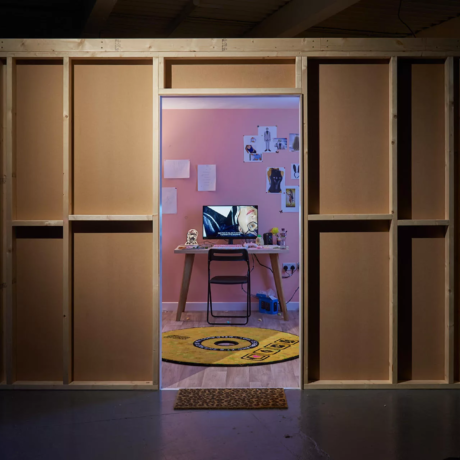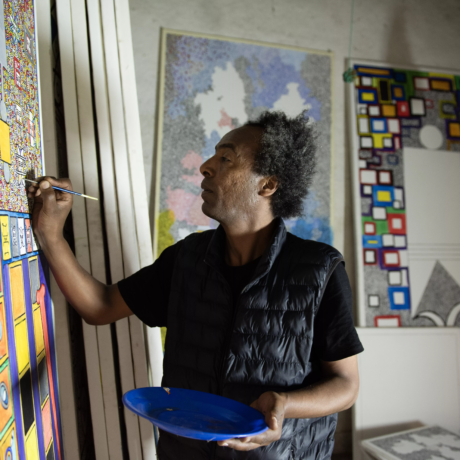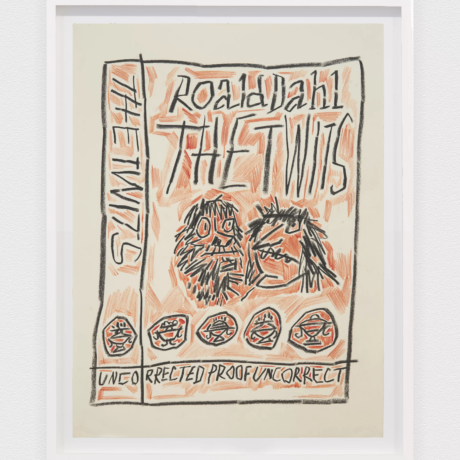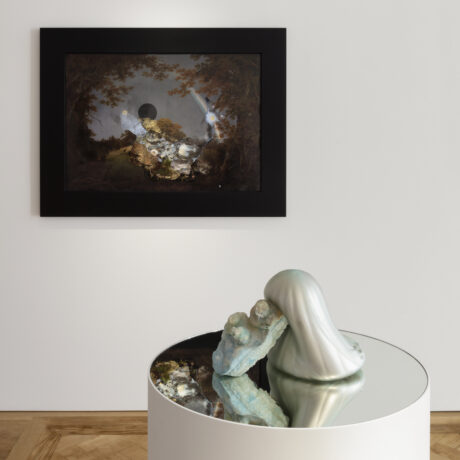Artistic Director of Meridian Creative Center Silvana Lagos reflects on what makes the art scene in Ghana so special and the important spaces that help foster it.

To say that Ghana was not in my life plan would be an understatement. I was appointed the position of Artistic Director of Meridian Creative Centre – El Anatsui in September last year, and since my first visit to the country I have not been able to put in words my mission. A friend clarified to me, that despite me not having a direct connect to Ghana I had a purpose in nation. “It’s because you realise that we are all connected and we all come from the same place.”
Watching the BBC documentary on the life of Nina Simone, I recall the segment that focuses on her time in Africa, in particular, her years spent in Ghana. Simone, feeling disappointed and ostracized by the racial political climate of the US, had seeked solitude and refuge—as did so many members of the Black Panthers— in what is now Ghana. Kwame Nkrumah—the country’s first prime minister since its independence from the British in 1957—was a forward thinking, modern man, a man of the times that understood his fellow Ghanaians as much as those from his second home in the US and UK, where he studied. It was Nkrumah that dreamt of Pan-Africanism, which attracted Nina Simone, Maya Angelou, James Baldwin, W.E.B Du Bois, Barbara Chase-Riboud, and so many other artists and academics of the time that did not feel seen, heard, let alone free, in racist America.

Ghana presented its first pavilion show at the Venice Biennale in 2019 – “Ghana Freedom Pavillion,” with Felicia Abban, John Akomfrah (representing the UK at the Venice Biennale in 2024), El Anatsui (his most recent commission at Turbine Hall at the Tate in London), Lynette Yiadom Boakye, Ibrahim Mahama, and Selasi Awusi Sosu. The pavilion, ambitiously overtook at the Arsenale, much of the history, across 3 generations, and spread throughout the diaspora, celebrating the core of what it means to be Ghanian.
There has been a sharp focus on the art scene in Ghana in the last 10 years. Ghana is now seeing the rise of Galleries such as Gallery 1957 and Art Fairs such as 1-54, the first and only international fair dedicated to contemporary African art. So, what is driving the culture scene in Ghana? The thing is, it’s always been there. You just had to care to look. The Nubuke Foundation, established in 2006, has always been a beacon of culture for those who cared to look. Led by the visionary Odile Tevie, this foundation has made significant cultural contributions from its tropical brutalist building since 2018. With its cross generational multifaceted programming, Nubuke Foundation continues to be a cornerstone of artistic and cultural forward thinking in the region not just Ghana.
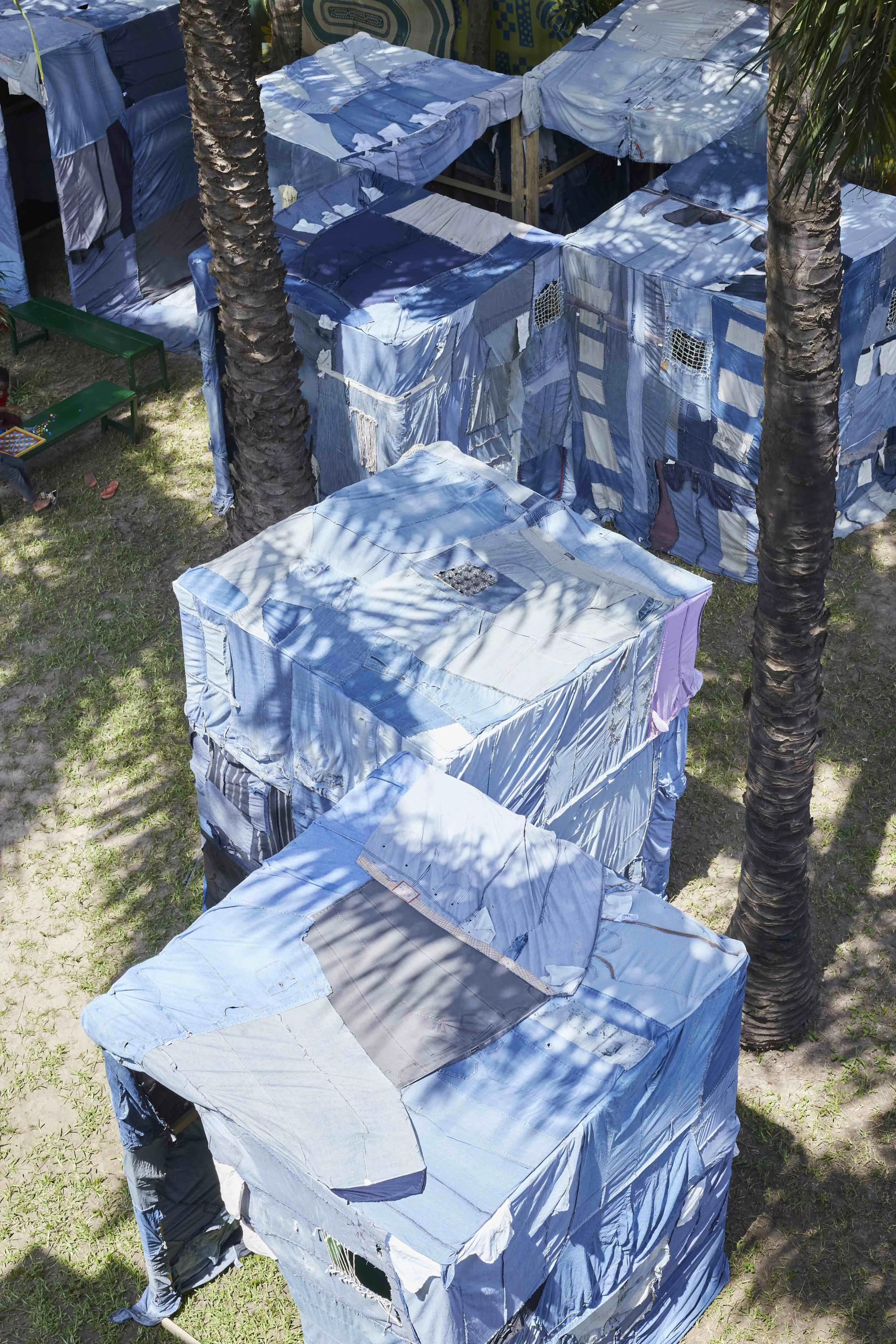
It strikes me, quite profoundly, the cultivation of community, education and knowledge exchange. The boundaries of which are continuously being blurred and housed in spaces that have a more open-door policy. Artists foundations, Ateliers, and galleries are often run regardless of commercial incentive, but rather from a desire to express, be seen, and to nurture. Seeking guidance from the elders is much more ingrained in cultural nuances. It’s not often that within a Western system as an artist starts to reach success, they want to share that space.
The idea of being seen, or rather not being seen, continuously strikes me. I see the gaining recognition of the art world in Ghana, but I wonder from whose eyes, and under whose terms. The same top ten tips to do in the city circulate the same type of articles. A similar saturation in the images, and perhaps the same depictions, and figurations. As I drive around Accra, something nags at me: the advertisements have local Ghanaian personalities with not a Western face in sight; funerals are advertised across large billboards and homemade signs, an invitation for all to join—funerals are not for the deceased but rather to show support for those left behind, and a celebration of life. An advertisement for suits depicts 3 men walking down the catwalk, two black up front and a white man at back. I don’t see the usual brands tempting me with their idealistic lifestyles, and attainable dreams. There are two schools of thought on this, one—western brands have not yet caught on, to the capital that is available to tempt, or the second: we are not seen elsewhere, therefore we will ensure we are seen here. Every time I turn on the radio, I hear local beats, and weirdly lesser-known Justin Bieber songs. I do not find either of these things disturbing, ordisturbing or attesting. I find them palette cleansers, refreshing outbreaks, that shift perspective and question my foundations.
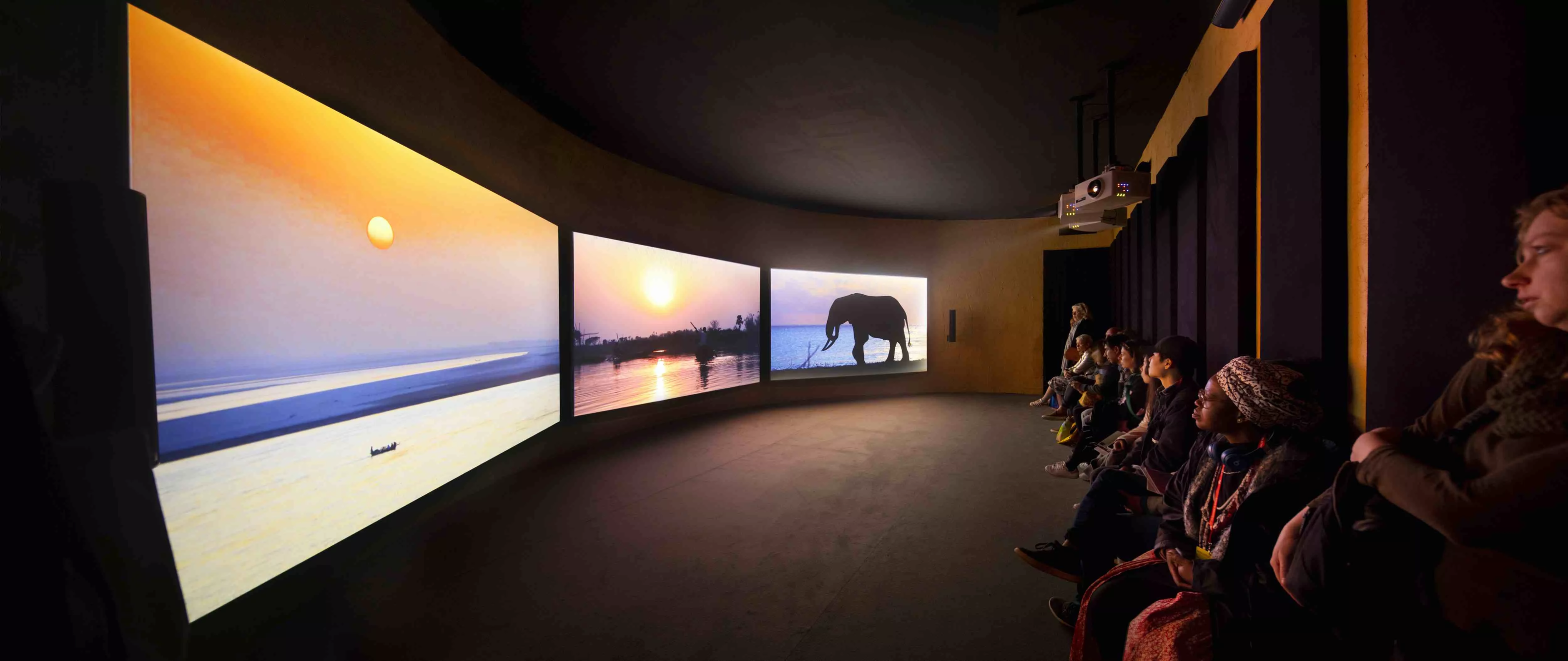
I don’t want to focus on the next big exhibition, or the next big young artist, that will always come, butI rather want to focus on how talent and community is cultivated, and will always find a place to grow. What I am interested in is how these systems come to play, . I am interested what is feeding and nurturing those spaces.
KNUST, the art school in the Kumasi region, is a starting point. . If you are an artist, this is where you go. The program has a high focus on experimentation, residency spaces, artists collectives and the reinstatement of an artistic language that was once erased during its previous colonial history. If you are an artist, you have most likely passed through these doors. The school’s experimental program came at a time when a generation of artists were not just questioning and pushing the boundaries of what it is to be an artist, but also cementing the identity of a newly liberated Ghana. It was an afforded freedom, to express an identity without restrictions and preconditions of colonial rule: a blank canvas, and an intersectionality of disciplines, innovation and modern identity.
The works of current MA students Dzidefo Amegatsey and Ernestina Doku pulsate in this vein. Amegatsey is moving away from the square form and pushing the hue on the canvas by experimenting with mixing bi-products and pigment, creating hues that are attuned to his environment and true to nature. Meanwhile, Doku is crafting a new narrative about her natural environment and its ongoing transformation, envisioning the future of our perception of nature as our corroding planet continues to evolve.
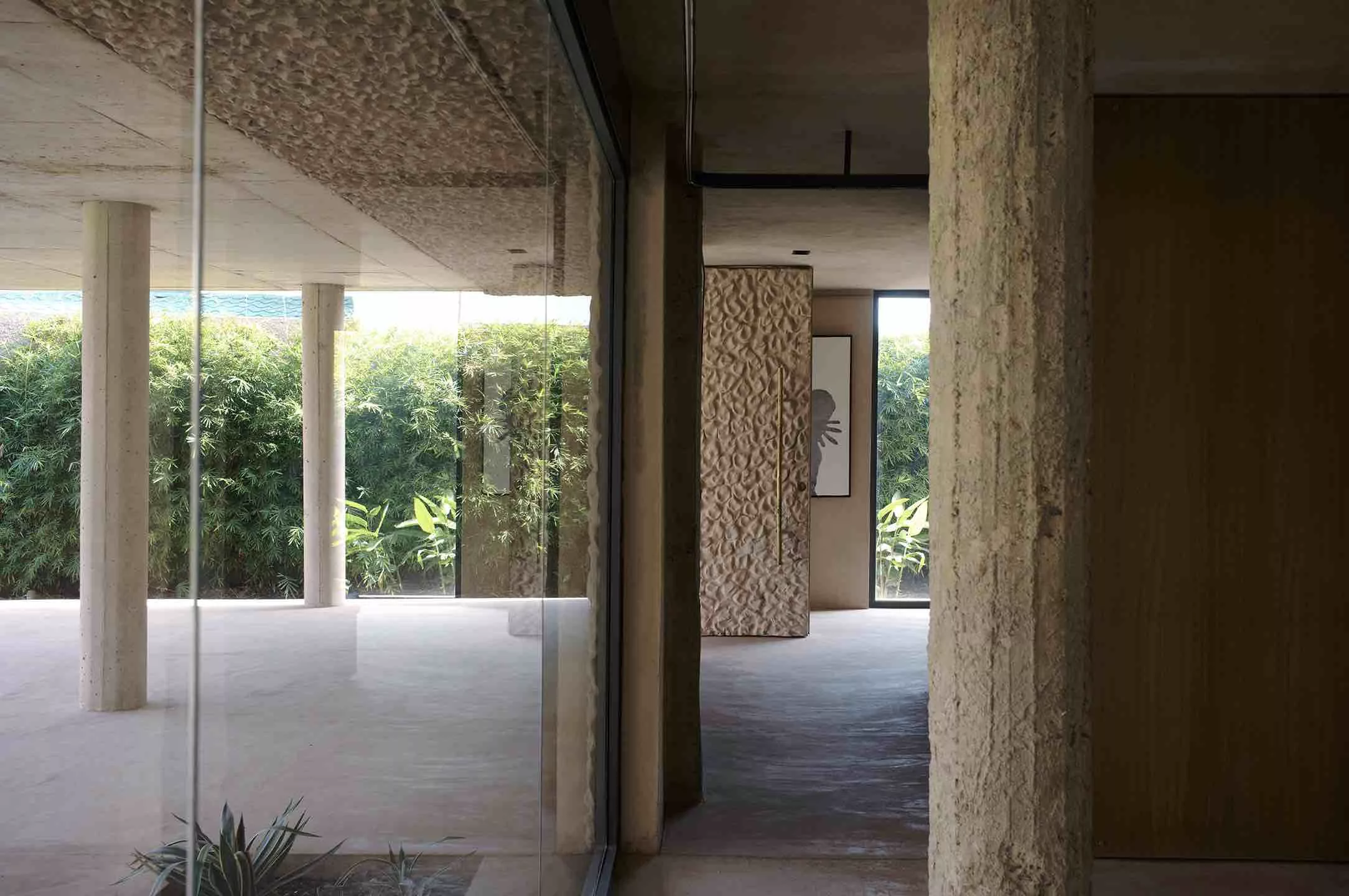
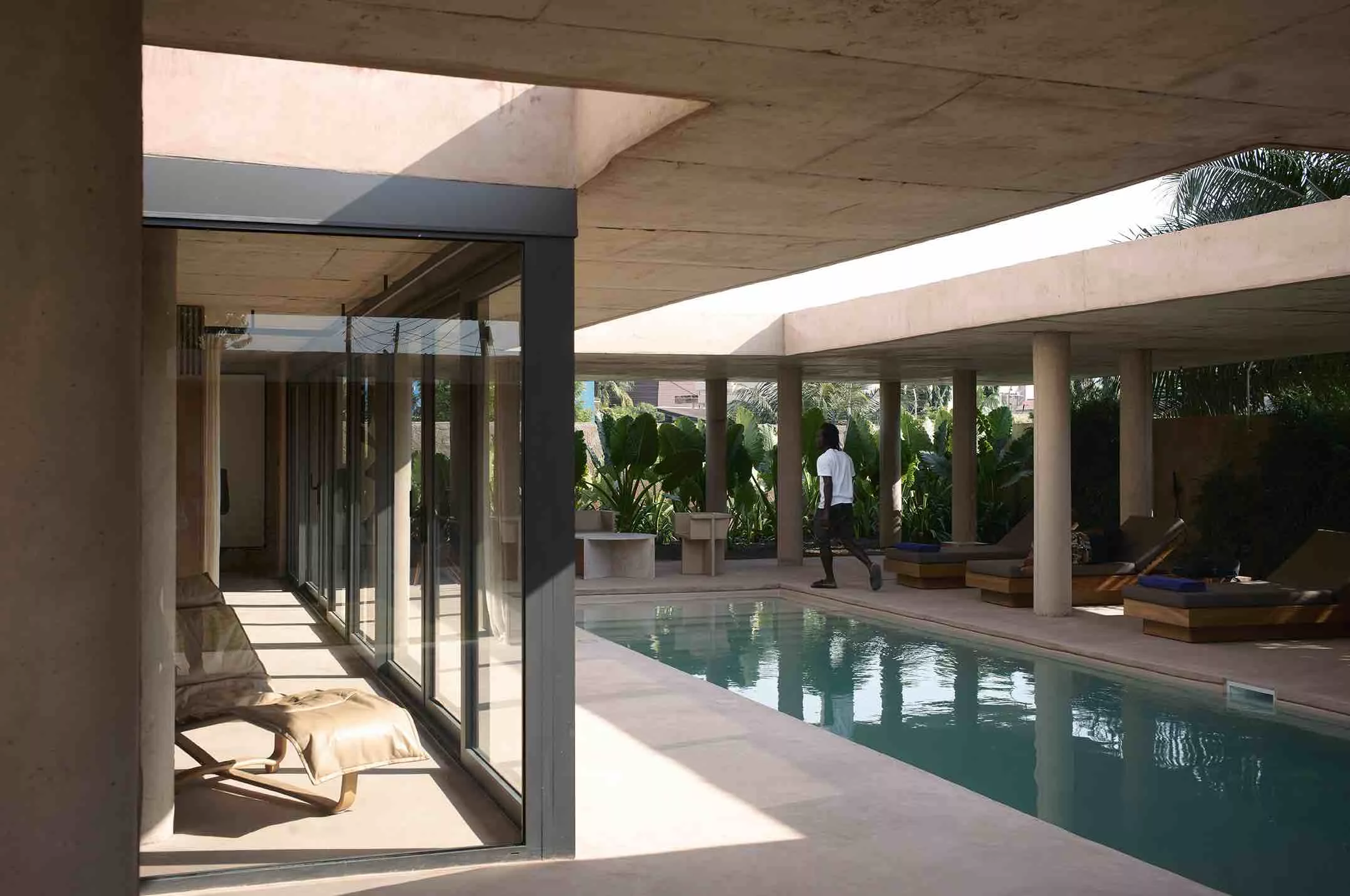
DeRoché Strohmayer (DRS) is led by Glenn DeRoché and Juergen Strohmayer, an architectural duo, with a strong focus on ecological substance, and social equity. The duo has set a new precedent for the social fabric of Ghana understanding the function, purpose and balance with form. The dot.ateliers – Ogbodjo residence space, follows this methodology, being a creative community residency destination. It was originally commissioned by Amoako Boafo, utilizing and utilized a former residential structure as its skeleton, rather than building it from scratch. Fragments of texture from the original building are woven in, out of and around its new shell. With productivity, there needs to be restitute, reflection and contemplation, which the residency openly offers. Surf House, a second project by the same duo, re-imagines a meeting place for youth, learning, and community around one of Ghana’s other exports: surfing. With the building serving as an open door for both local and traveling communities, it also offers a spot for WiFi which allows the local youth access to a democratic tool. Both Surf House and Ogbodjo are radical, partly due to their open door policy and the favoring of restitution over productivity.
Ghana has intertwined me with a narrative richer and more complex than anticipated—a narrative that insists on being seen, felt, and heard, and under its own terms, and through its own lens. The spirit of a liberated post-colonial, experimental, and innovative community are embodied by institutions like the Nubuke Foundation and KNUST. Navigating Accra, a city distinctly its own, devoid of omnipresent western branding and instead filled with local advertisements, underscores a profound sense of community and identity. Ghana challenges my perceptions, pushing me to look beyond the surface to understand the true essence of connection and community.
Words by Silvana Lagos

